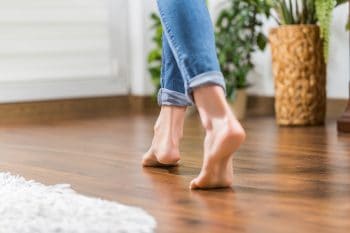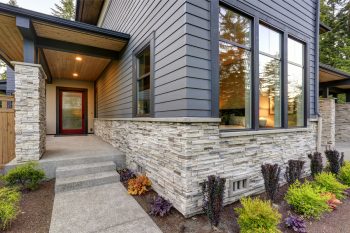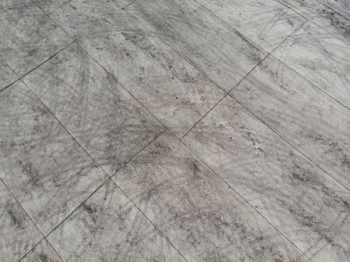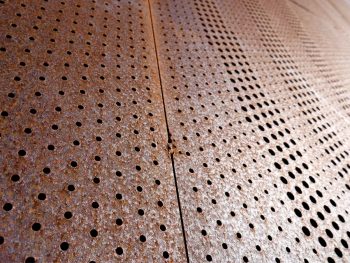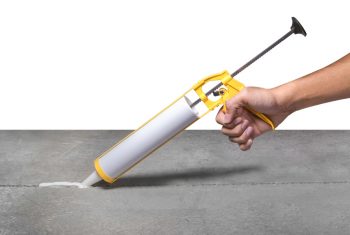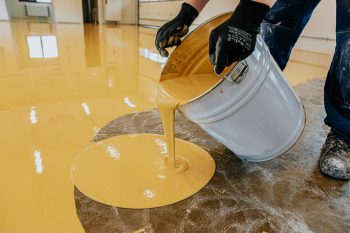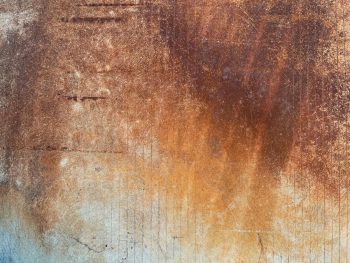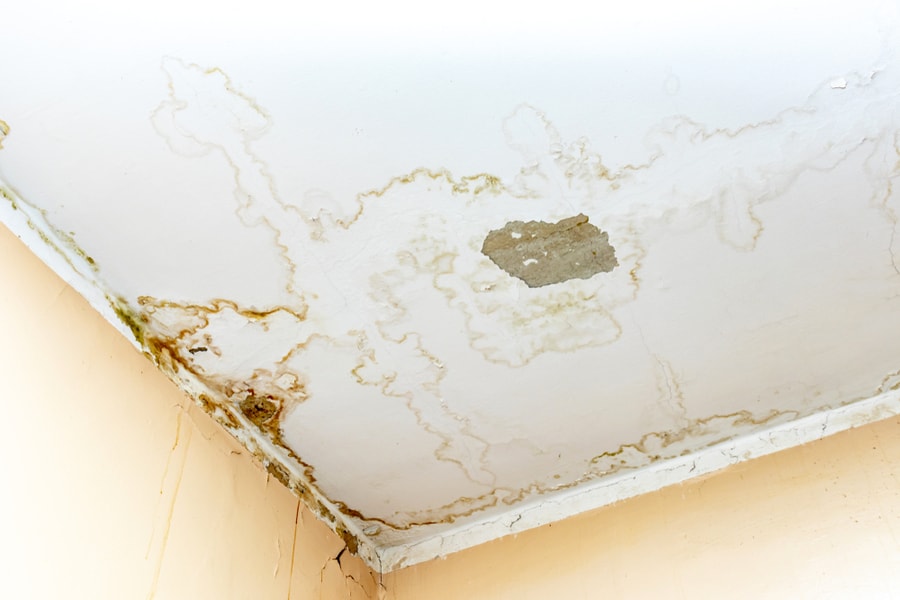
Roof Leaks are one of the most threatening issues that people face, and also, most of the time, it is not easy to find the causes.
People face different types of roof leaks. Understanding the kinds of roof leaks will help people identify the leak issues on time and even help people save on the cost of buying a new roof.
A dripping roof not only causes damage to the ceiling but not paying attention to it can cause a lot of damage to the home.
Some of the common causes of water leaks are:
- Damaged or Missing Shingles/Tiles
- Broken or Cracked Flashing
- Clogged Drainage
- Damaged Chimney
- Broken Or Leaking Exhaust System
- Open Valley
- Holes in the Roof
- Poor Nailings in the Shingles
Roof leaks can also lead to the removal of the whole roof if not given timely attention.
The roof leak issues do not damage the outermost layer of the roof but also damage or decay the inner layers; even the wooden part can rot.
Identifying the causes of roof leaks is necessary, but finding the solutions are just as important. Identifying the causes of roof leaks alone will not help anyone get away with the issue.
Causes of Roof Leaks and Their Solutions
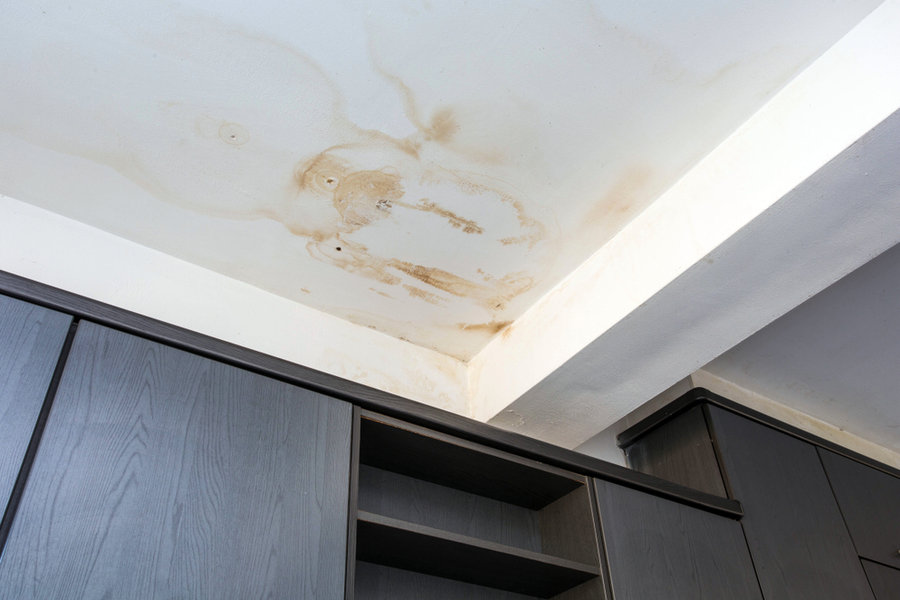
Roofs are an integral part of houses, as they protect people from harsh weather and give them privacy.
If there is a roof leak, it can lead to the destruction of the house. Moreover, the constant dripping from roof leaks can be irritating.
1. Damaged or Missing Shingles/Tiles
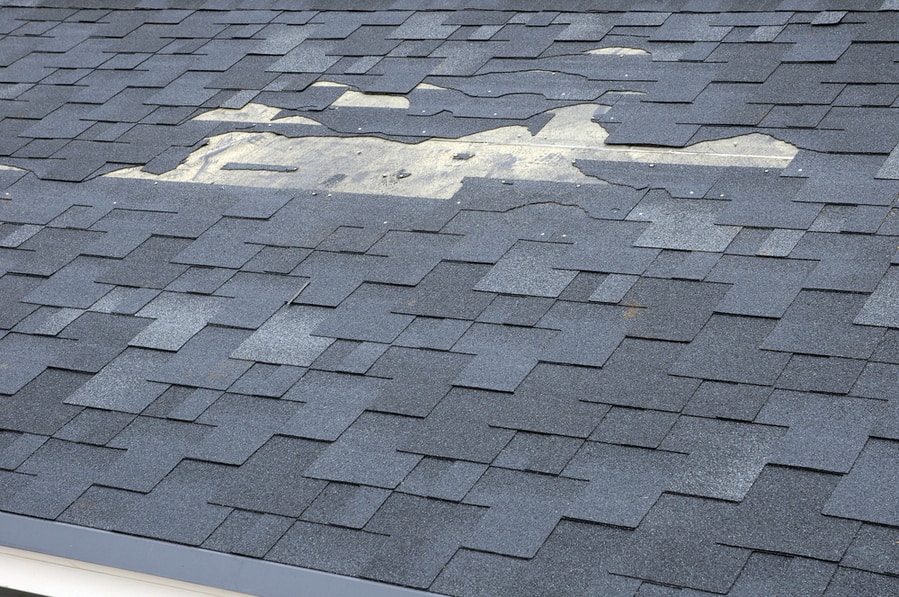
Shingles or tiles are the exterior layers of a roof, and heavy rainfalls, strong winds, and storm cause damage to the shingles resulting in roof leaks.
The shingles or tiles that are damaged or missing from the roof mean the area is open, and water can enter the house.
Solution for Damaged Shingles/Tiles To Avoid Roof Leaks
- Remove the damaged shingles or tiles and replace them with new ones.
- Examine the layer under the damaged, cracked, or missing shingles or tiles, as they are exposed to the outside, causing a lot of damage to them.
- If the layer under the shingles or tiles is decaying or worn out, replace that part first, as only fixing the outer layer would not let the problem go away.
Point To Be Noted
Some houses use shingles, whereas others use tiles as the outmost layer of the roof, and using any of these two is fine as long as they work well.
Check the roof regularly for damaged, cracked, or missing shingles or tiles and replace them immediately.
2. Broken or Cracked Flashing

Flashings are metal installed under the shingles or tiles and on the joints, like around the chimney, vents, etc. These metals act water-resistant and prevent water from going through the roof.
Tar or other adhesive materials fixes the flashings on the house’s roof. Such materials erode with time and expose the flashing part of the roof to the sun and harsh weather.
The flashings are cracked or broken as a result, and it gets easier for water to get inside.
Solutions for Broken or Cracked Flashing To Avoid Roof Leaks
- Look for the leak area, remove the flashing, replace it with a new one and carefully install it.
- As tar or other adhesive materials erodes over time, it is better to check it regularly and fix it when spotting any decay.
- Use better quality adhesive and regularly check for any signs of erosion, especially after bad weather.
3. Clogged Drainage

The drainage system keeps the water away from the house roof, but when clogged due to debris, leaves, etc., it stops the water from going away.
The water tries to find its way and can sweep through the roof by finding any crack that causes a leak.
Solution for Clogged Drainage To Avoid Roof Leaks
The only way to avoid clogged drainage is to regularly remove the dirt, leaves, debris, and sand from the drain and keep it clean.
Keeping the drain does not require a professional, so get there with gloves on and clean the drain.
4. Damaged Chimneys
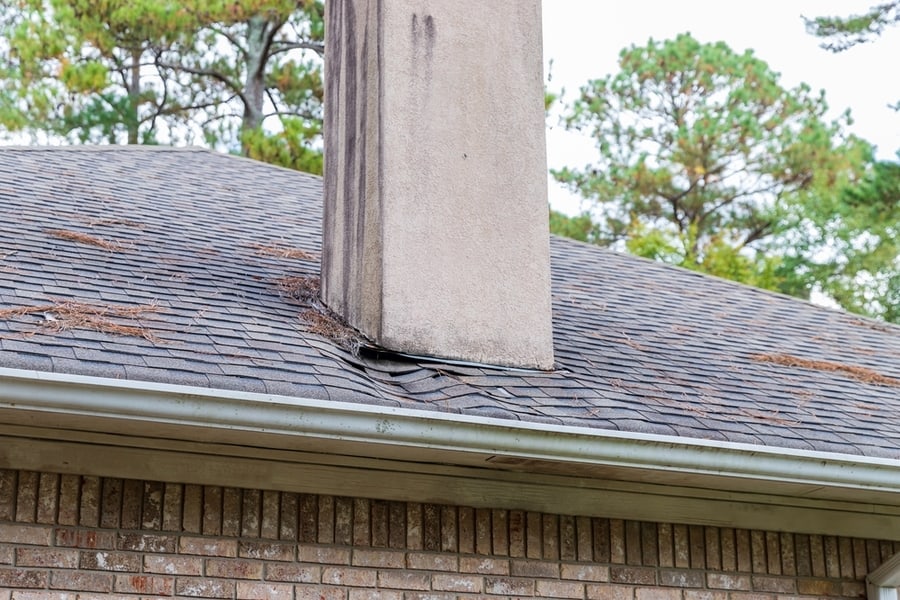
Chimneys help remove air, smoke, or gas from the house, and damage to any part of the chimney can lead to roof leaks. The damage is usually because of harsh weather conditions.
The cap and the mortar part of the chimneys mostly get damaged due to the weather.
Solutions for Damaged Chimneys To Avoid Roof Leaks
- Identify the roof leaks around the chimney and then replace or fix the materials depending on the damage that occurred.
- Especially check for the installation of shingles or tiles and flashings.
Hire an expert to deal with roof leaks due to the chimney, as they can be tricky.
5. Cracked Venting Boots

Roof vents, the plumbing pipes sticking out on the roof, vent excessive moisture from inside the house.
A boot protects the base of the plumbing pipes that stick out of the house roof and waterproofs them. There are different types of venting boots; lead, plastic, copper, etc.
The venting boot can get damaged over time, especially the rubber boot, exposed to the sun and harsh weather cracks and cause water to go inside the house.
Another reason is the flashing around the opening on the roof is exposed, letting the water enter underneath the roof and causing roof leaks.
Solutions for Cracked Venting Boots To Avoid Roof Leaks
- Install a little rubber collar over the cracked venting boot, sealing it to avoid roof leaks.
- Check for the flashings around the venting boot, and repair or replace them.
6. Open Valley on the Roof
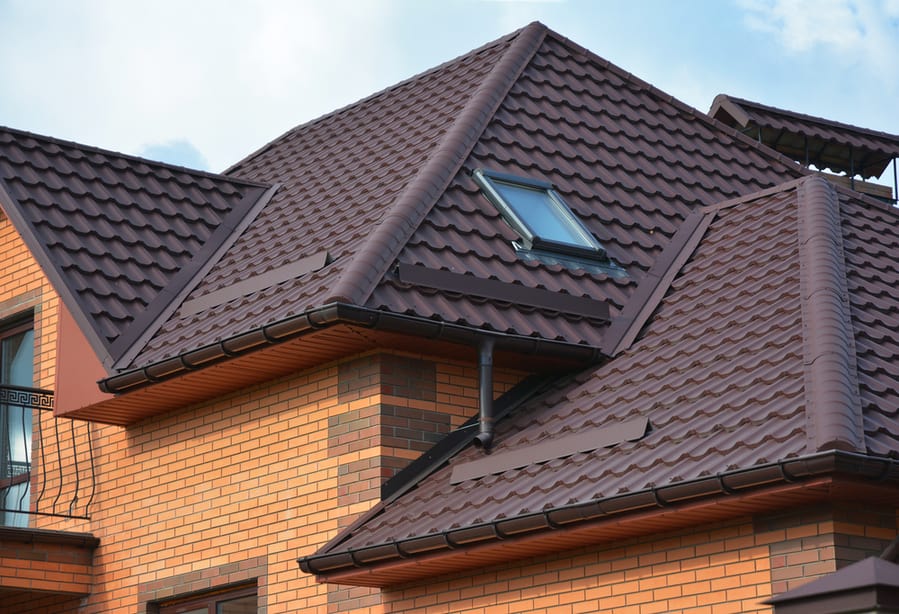
The open valley is one of the most common causes of roof leaks. A roof valley collects the water, and then the water moves downward.
But, if there is a leak, it is probably because of faulty installation of the shingles or tiles, improperly installed flashing, or the weather.
The water will go underneath the roof instead of going downward, resulting in a leak.
Solutions for an Open Valley To Avoid Roof Leaks
- Look for unsealed or open places in the valley and seal them properly.
- Look for experts to get the job done.
7. Holes on the Roof
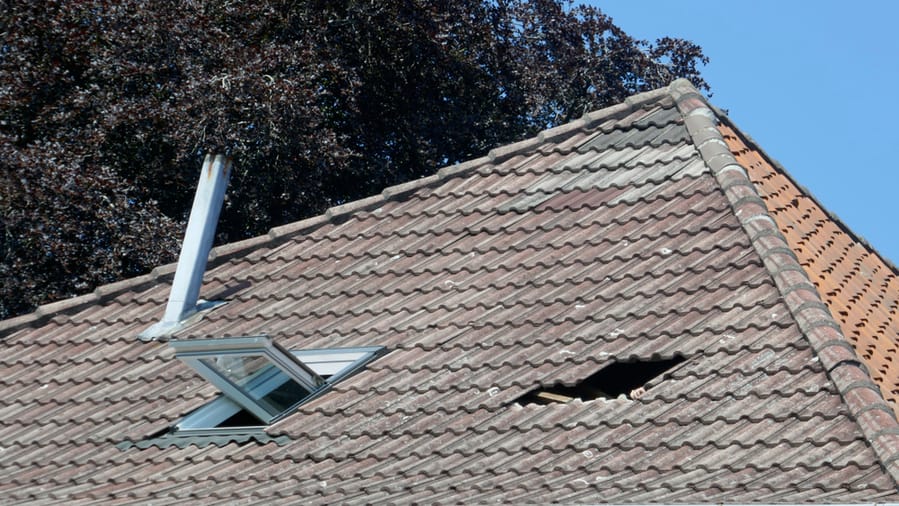
Holes on the roof are the most noticeable thing caused by wear and tear due to harsh weather or can also be because of casually walking on the house roof, birds and small animals, or tree branches.
Solutions for Holes on the Roof To Avoid Roof Leaks
- Avoid walking on the roof unnecessarily.
- Look for tree branches that hit the house roof, and cut them, as they can wear and tear the shingles or ties.
- Keep the birds and small animals away from the house roof.
8. Poor Nailing in the Shingles
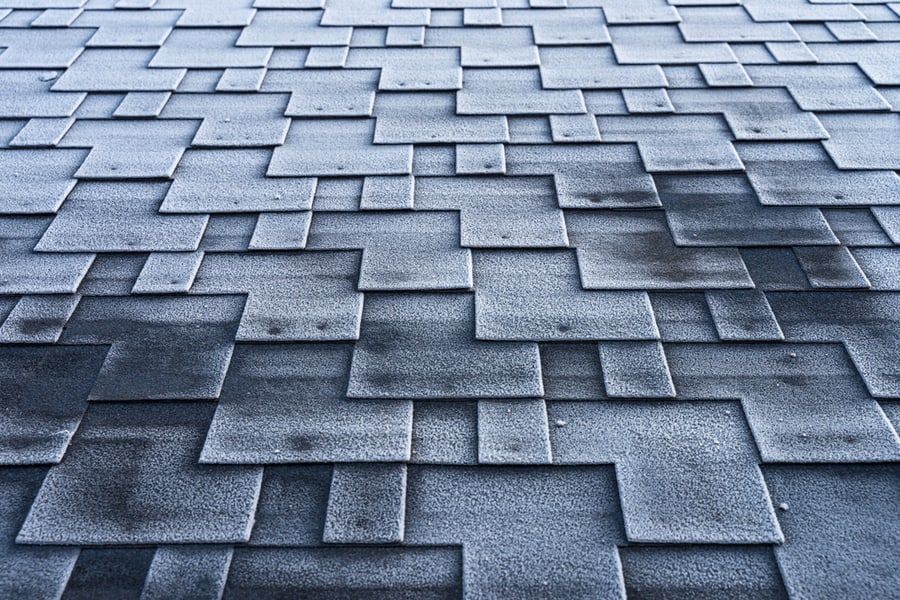
Poor nailing can be because of using inexperienced or careless roofers that leave a leaking roof behind.
The proper nailing of the shingles is very important, or it can lead to water leaking issues.
Solutions for Poor Nailing To Avoid Roof Leaks
- Use proper roof nails for the roof.
- Put the nails straight that are 90 degrees from the shingles’ surfaces, as suggested by the experts, so that it touches the roof deck.
- The head of the nail should flush with the shingles.
- Avoid over-driven, or under-driven nails, as they are the causes of the water leaks.
- The over-driven nails can pop out, leaving a hole through which water gets underneath and leaks inside the house.
- An under-driven nail can go through the shingles, giving them a hand to fly away during windy or stormy weather.
- The nails can also pop out over time, so fixing them in their places is required.
- Positioning the roof nails in the cut-out areas is a must.
- If the nails are high-ups, there is a chance of the roof flying off.
- If the nails are below the cut-out areas, they are open to the outside, as there are no coverings over them. Such a situation can lead to the decaying or popping out of the nails.
- Also, placing the roofing nails near the edges of the shingles is useless, as putting the roof nails near the joints of the two shingles will not hold them.
Be Mindful of Who Gets on the Roof
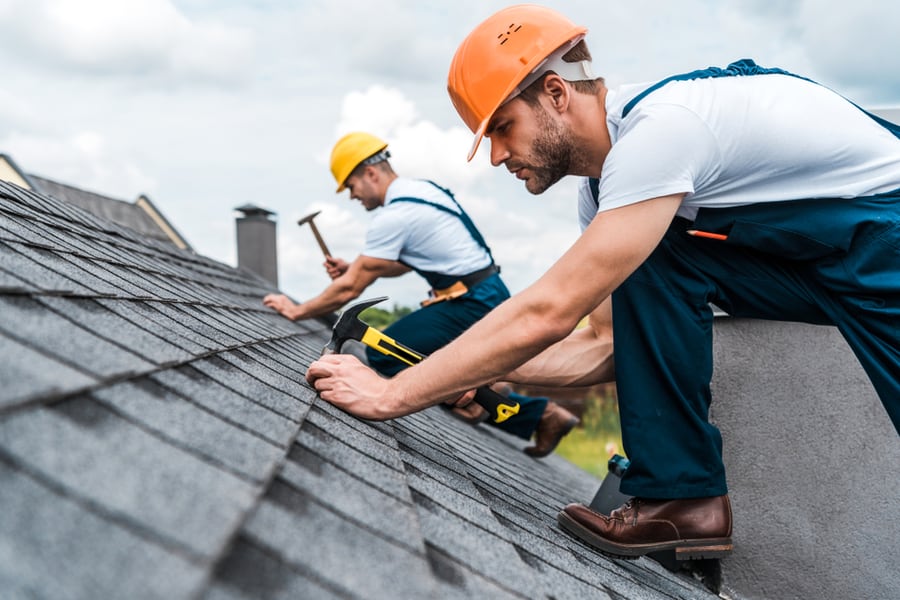
Trusting just anyone with the reroofs is not a good idea. There are cases of people defrauded by roofers and contractors.
Some are just inexperienced but act as experts in the field, giving short time solutions to homeowners, but it is useless. Others are more interested in selling a new roof.
At times, inexperienced roofers fixing the roof leaks do not look at the causes of the leaks and try to deal with an issue that he deems right without proper inspection. This only redirects the direction of the water and leads to other leaks.
Also, paying attention to what is happening on the roof is necessary. The house owners will know what is happening up there; the experts will be careful in doing their jobs if they see the homeowners paying attention.
Some roofers might try to fix one problem with the leaking but leave the homeowners with another one, like a broken tile, exposed flashing, no proper installation of the materials, and so on.
Conclusion
Roof Leaks might seem a minor issue at first, but these leaks can lead to more complicated problems, even removal of the roof in some cases. Some of the causes are mentioned here with the solutions.
Although there are many causes of roof leaks, the main thing a house owner can do is inspect the roof regularly. Checking the house roof after harsh weather as; rain, storms, snow, or strong wind, is a must.
Simple fixing of roof leaks, like, cleaning the drainage system, can be done by anyone, but the main tasks of fixing the roof leaks, have better be done by the experts.
Frequently Asked Questions
Can You Stop Roof Leaks From Inside the House?
Stopping the roof leaks can be done temporarily, but that does not make the issue go away.
Fixing the roof leaks permanently, and calling the expert, when the roof leaks seem more serious is the only way to make it go away for good.
Is It Possible To Check for the Source of the Roof Leaks Yourself?
Yes. Checking the source of the roof leaks is sometimes easy to find. One person can go to the roof with a pipe hose, keeping the water open, starting from a specific area.
The other person has to stay inside the house and carefully look for roof leaks.
Is the Area of Roof Leaks and Water Dripping the Same?
It might be the case. But most of the time, the roof leak and the dripping areas are in different places. Water can make its way.
